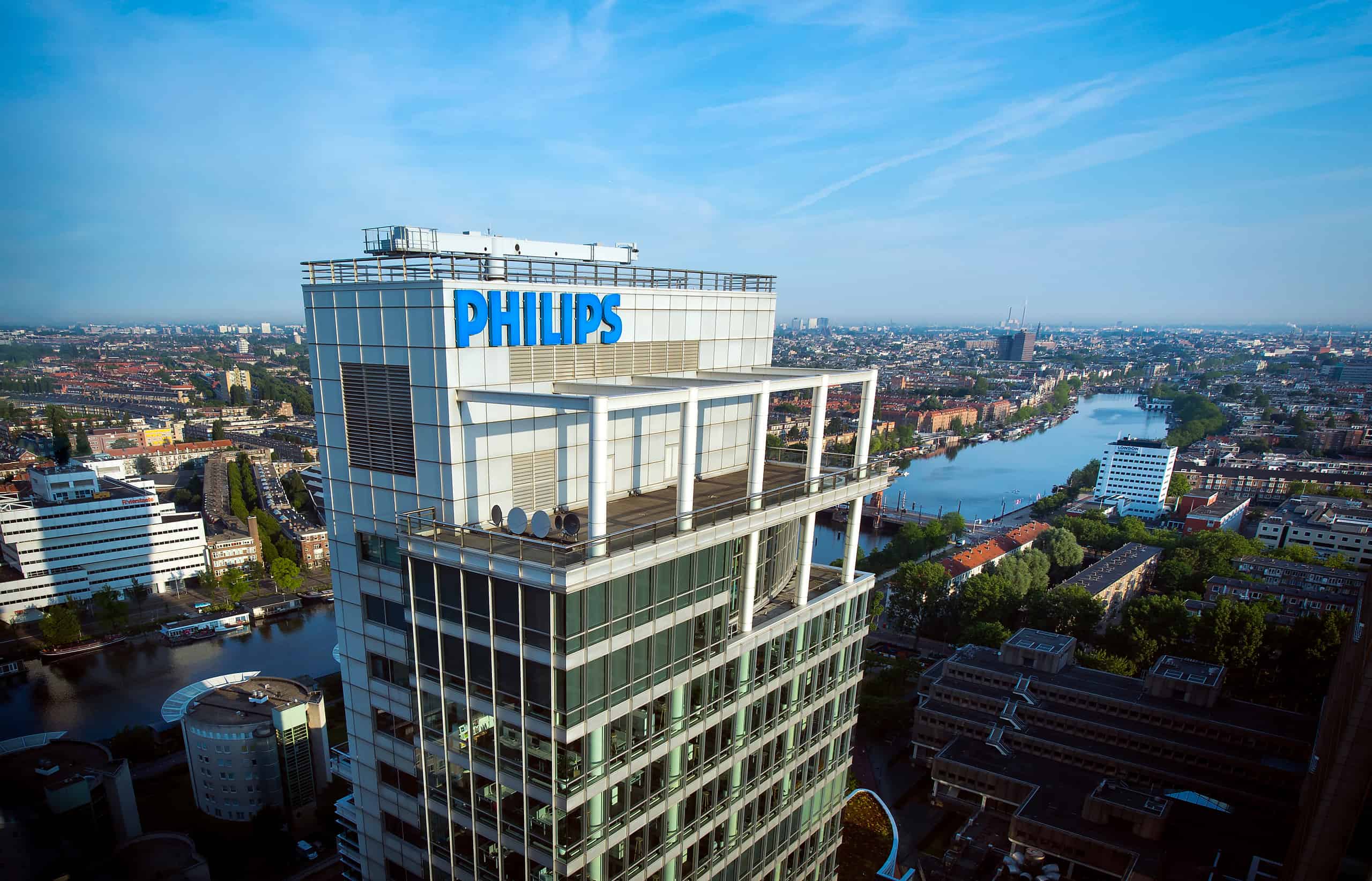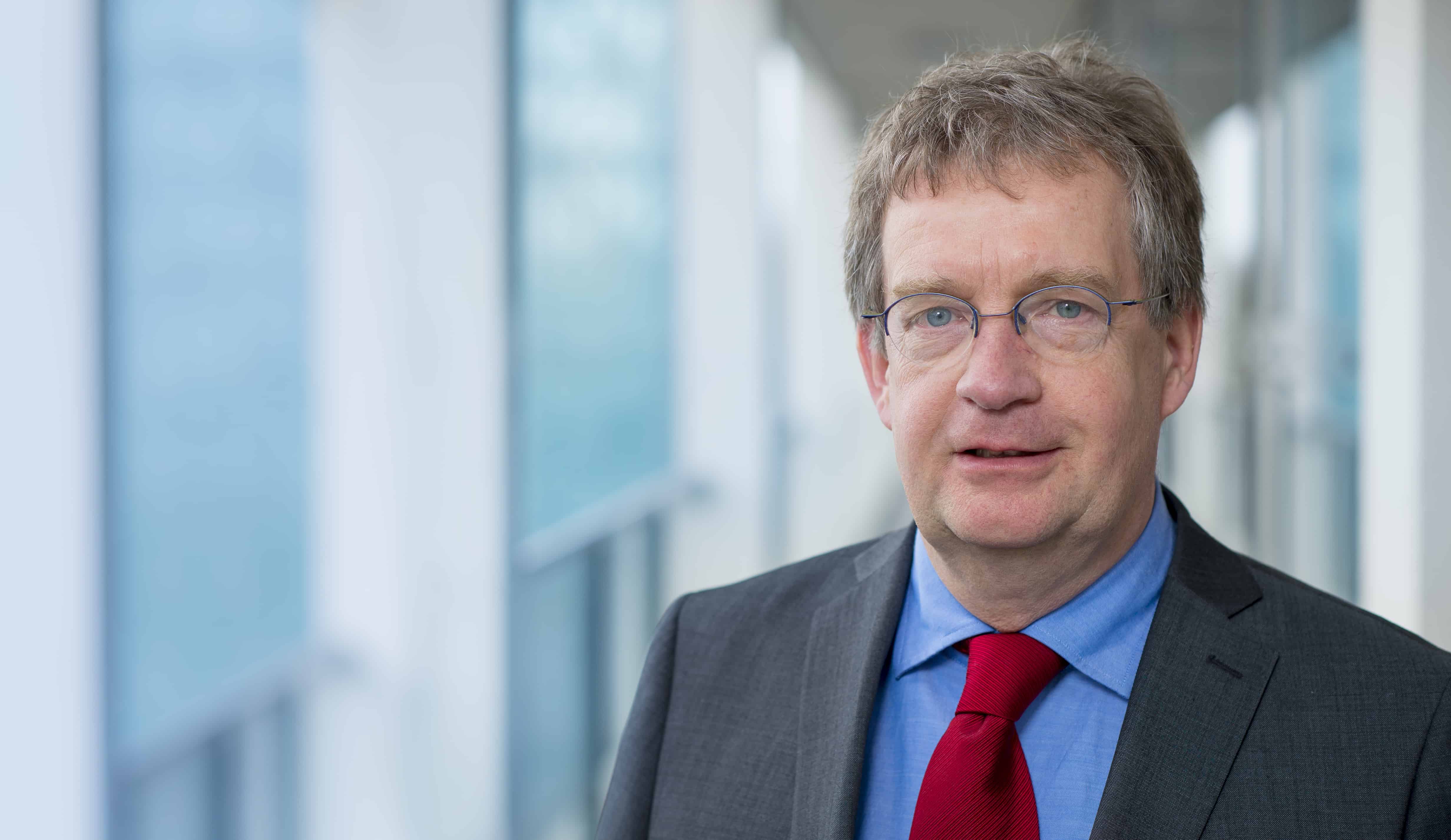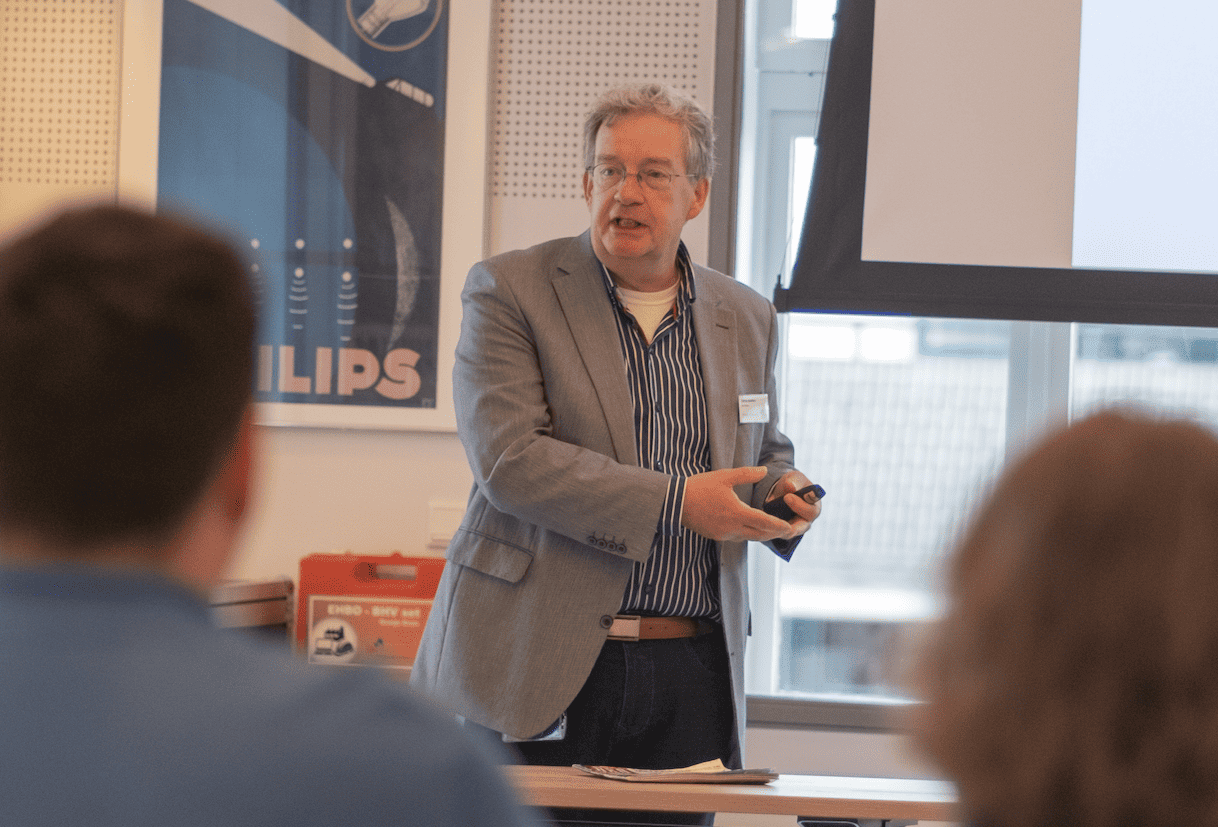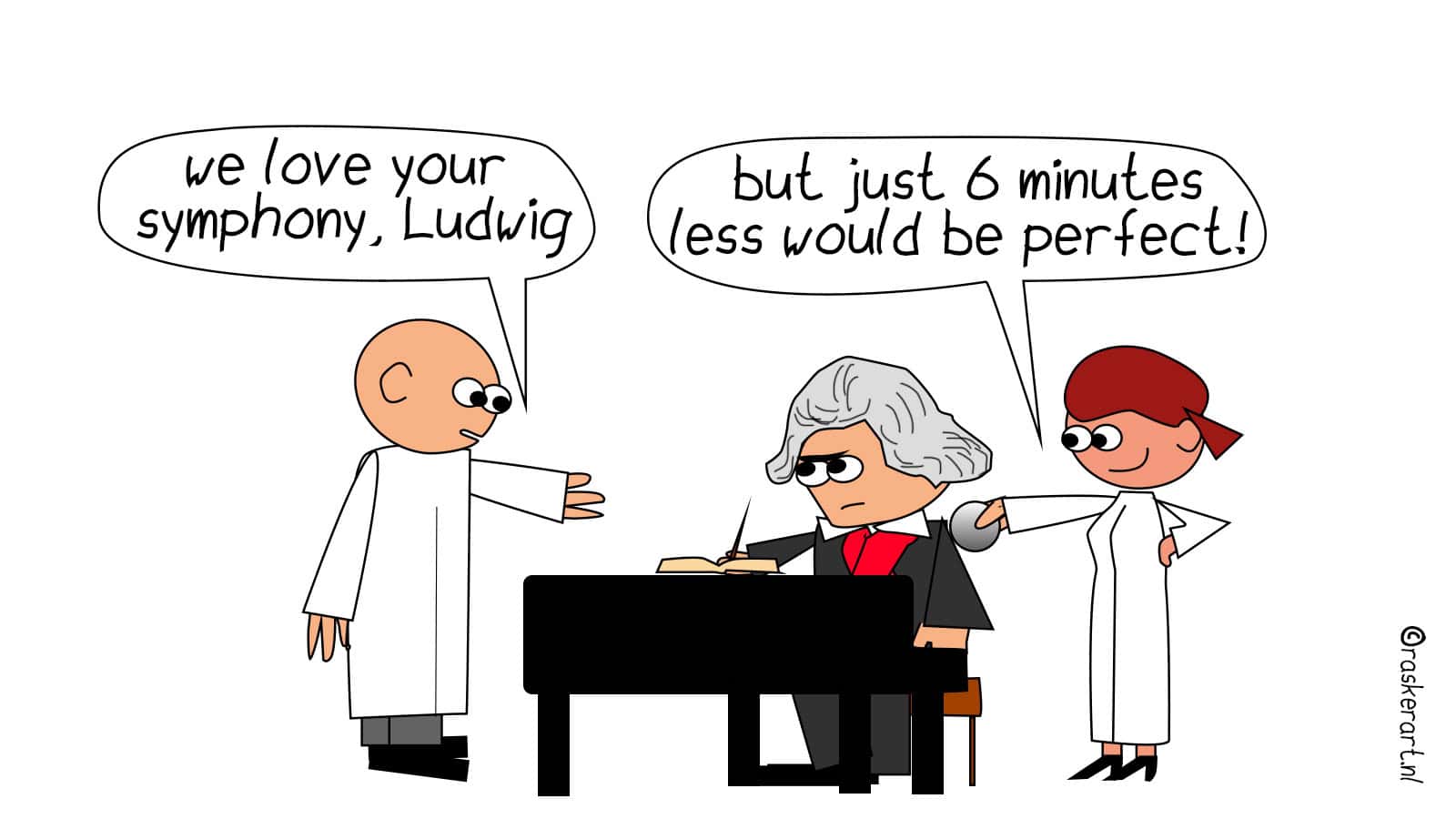
Eindhoven wants to become a smart society. But how does that work? What’s going on in a society like that? Are there any good examples to learn from? DATAstudio explores the transition a city has to go through to actually become such a smart society. Each week, we present a new contribution on E52. This week: Smart Light. Read all the articles here.
“It is possible to connect all sorts of sensors and other technological gadgets to the lighting.”Stijn Verkuilen, Heijmans

How can you improve the quality of life with innovative light solutions? Philips Lighting/Heijmans, the University of Technology Eindhoven and the municipality of Eindhoven want to receive an answer to this question in the joint project Your Light at 040. In the next five years, five different experimental areas will be developed. These areas get connected to a smart light grid. This grid will function as a carrier for new services, which this new cooperation is going to develop. Three districts: Woenselse Heide-West, Gijzenrooi and the Writers Quarter. And also two busy roads: John F-Kennedylaan-Eisenhowerlaan and the Beltway are added to these test gardens. How exactly is the smart light grid going to improve the life of inhabitants and road users? That’s what the involved parties are going to investigate. “The first step towards that improvement has been made”, says Stijn Verkuilen, the innovation manager for Philips/Heijmans and closely involved in the project.
That first step he is alluding to has been made the past few months by TU/e Lighthouse, they have done research in Woenselse Heide to what is living in the neighbourhood. They had conversations with as many inhabitants, organisations and entrepreneurs as possible to draw a complete image of the desires and needs of the district residents. “Cases such as always feeling safe everywhere, also near dark parks and alleys, come up. People also indicate that there are many ‘islands’ in the neighbourhood, while they need interconnection. The facilities of the Nederlandplein are appreciated, here is a chance to create a nice meeting point in the district. The Autowijk – another place in the district – is an unpleasant place in the dark, entrepreneurs there would like to take the renovation in the first half of 2018 to test new smart lighting applications.”
Together with the neighbourhood residents there was thought about several innovative services and other interpretations that can be linked to the light grid. “The current lighting is replaced by more energy-efficient LED-lights with which a lot more is possible, the lights are connected to the internet and with that remotely controlled and read out. It is possible to connect all sorts of sensors and other technological gadgets to the lighting. This makes it very broad for the residents.” says Verkuilen. But after some guidance and explanation, it will bring enough desires and chances to continue with. “People thought of coloured lighting to show which garbage bin had to be emptied that day. There were also ideas about social lighting that give the neighbourhood more colour and ambiance.”
All these wishes and chances of the district residents will soon be written out and published. “In September we want to organise a boot camp with a diverse field of participants to quickly come to a number of good ideas that respond to found desires and needs in the neighbourhood. We want to involve residents as well as professionals. We are hoping that something can come out of it which will lead to a concrete solution and something that can eventually be scaled up to the rest of the city or even outside the city. That’s why it is important to set clear ‘game rules’ in advance.”
In September, an inventory process will start at the second location. Then there will be looked at the possibilities that the light grid can offer for the Beltway.








